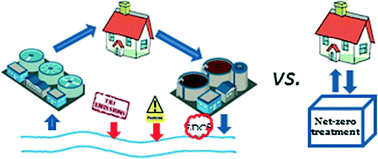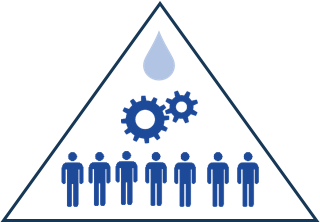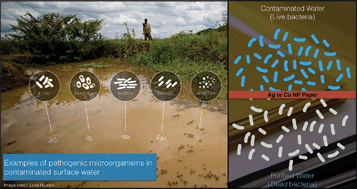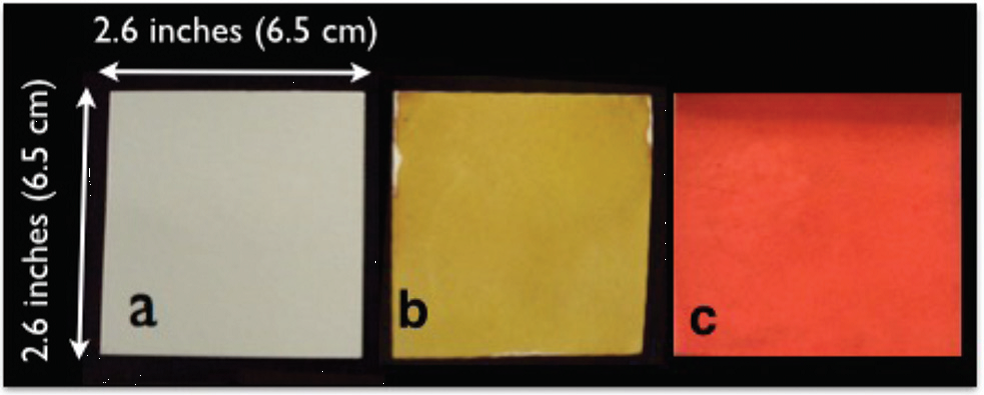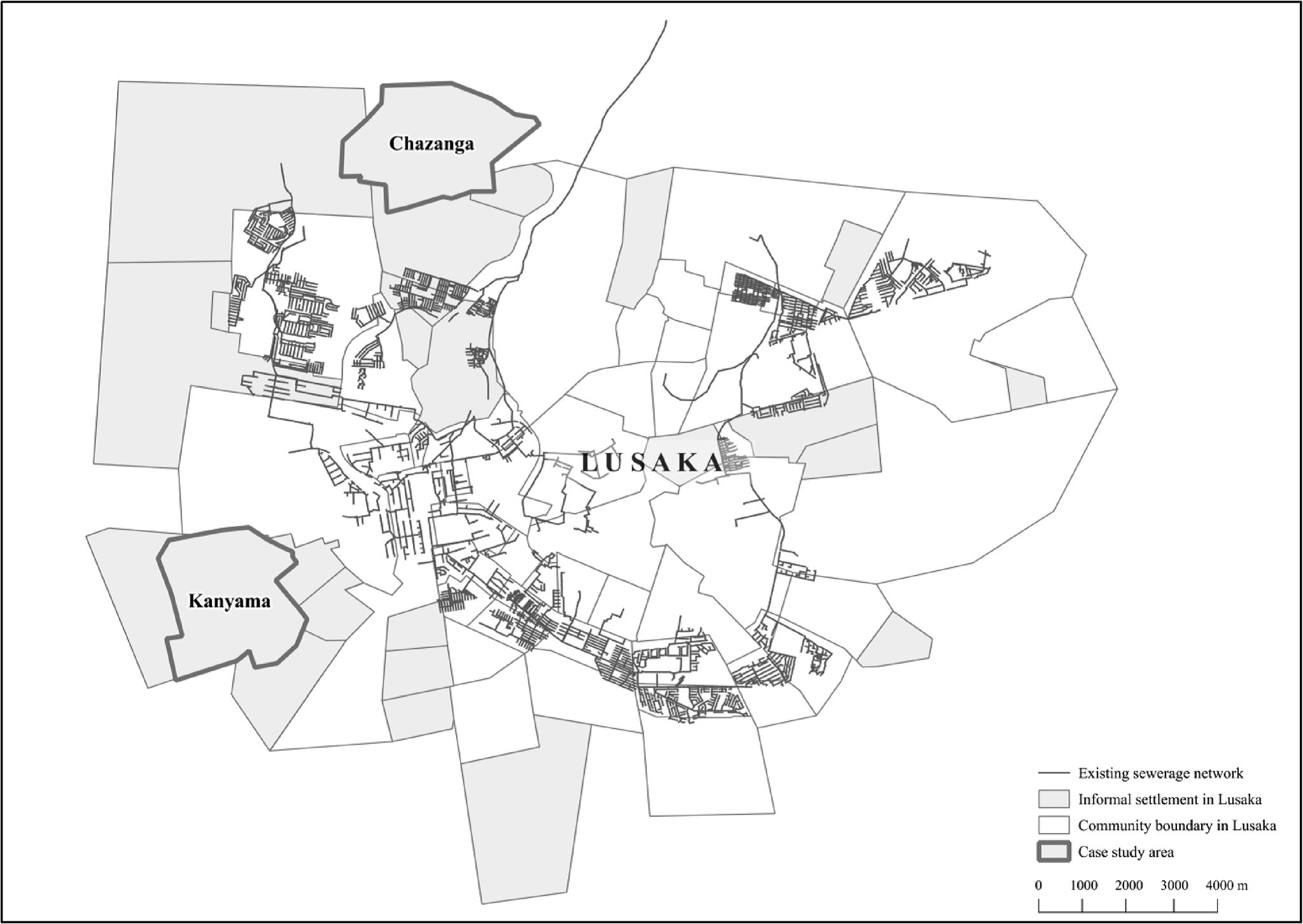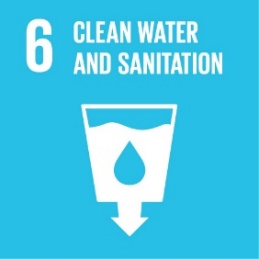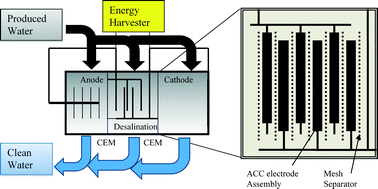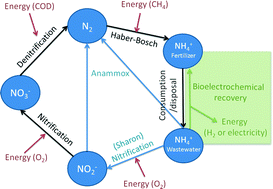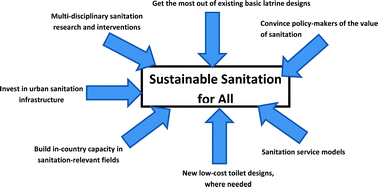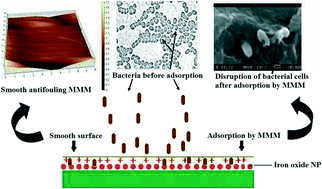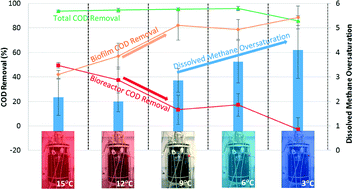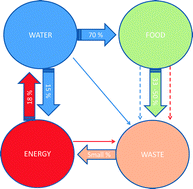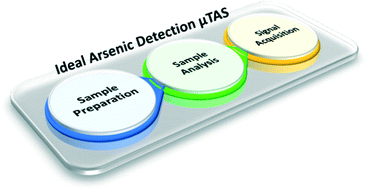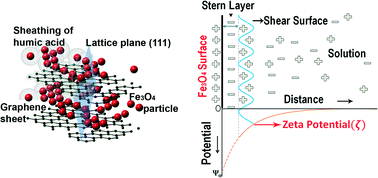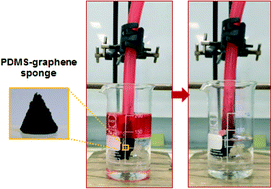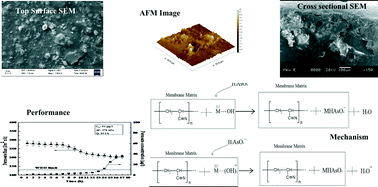The answer is fortunately no, based on the findings of a recent article published in Environmental Science: Water Research and Technology.
Drinking water distribution systems (DWDS) rely on the use of disinfecting agents to prevent the outbreak of diseases carried by waterborne pathogens. A commonly employed chemical agent is free chlorine, however health risks associated with the production of disinfection by-products (DBPs) have favoured the use of chloramines as secondary disinfectants. Chloramines provide longer lasting levels of residual disinfectant, but leave the system prone to nitrification, a process which can affect drinking water quality. Nitrification, and the so-called ‘chlorine burns’, treatments used to rectify the system, are considered disturbances to the microbial communities which populate a DWDS and have been linked to the development of pathogenic microbial agents and the spread of antibiotic resistance genes (ARGs).

Graphical Abstract
The present study operated a simulated drinking water distribution system through the typical phases of: normal operation, failure (i.e. nitrification), and rectification in order to study the microbiome and its response to the mentioned disturbances. Under normal operation the bacterial community revealed itself to be complex, with a small number of dominant species (the core microbiome) accompanied by a great number of species which together comprise only a small portion of the community (the rare biosphere).
The drastic changes in DWDS conditions realised during progression through the various operational phases allowed for the study of the conditionally rare taxa (species normally present in low abundance, but which become dominant under certain conditions). For example, the nitrifier Nitrospira spp., present in very low abundance or under the detection limit during normal operation with chloramine disinfectant, becomes present to noticeable levels during system failure. Nitrification is associated with the accelerated decay of chloramine which makes it difficult to maintain appropriate disinfectant levels under failure conditions and offers an opportunity for certain pathogens to multiply. One such pathogen, Legionella pneumophila, is over 10 times more abundant in free-chlorine treated water in the absence of secondary chloramine disinfectant. Such observations suggest that monitoring of conditionally rare taxa could predict nitrification in chloraminated DWDSs and help prevent potential dangerous situations in which public health becomes threatened by waterborne pathogens.
Genome analysis for a number of isolates from the core microbiome revealed the presence of a large number of gene clusters (165) with similarity to known ARGs. Combined these could offer their hosts resistance to a broad range of antibiotics such as: erythromycin, ciprofloxacin, tetracycline, rifampin, fluoroquinolone, and others. Transfer of these genes to human-related bacteria is noted as being highly unlikely though, and any antibiotic resistance conferred to be limited to the host organism. The study also considered the effect of disturbances on the biofilm populations of the DWDS; previously biofilms had been described as reservoirs of antibiotic resistant bacteria, but with little information being available on their role in the spreading of antibiotic resistance within DWDSs. Three strains of M. chelonae were selected from the biofilm for genomic analysis following disturbance events. The genome was found to be conserved throughout the operational stages with no changes in the ARG ensemble either, in contrast to the expectations of selection pressure causing mutations.
Finally, the microbial community proved to be resilient returning back to its initial state during the second normal operation phase. In conclusion, the study analysed both the dominant and minor bacterial components in the DWDS ecosystem, and monitored their response to changes in physicochemical properties of the environment. This showed how opportunities arise for the spread of waterborne pathogens, but found no evidence for the development of antibiotic resistance within the DWDS system.
To read the full article for free* click on the link below:
Resilience of microbial communities in a simulated drinking water distribution system subjected to disturbances: role of conditionally rare taxa and potential implications for antibiotic-resistant bacteria
V. Gomez-Alvarez, S. Pfaller, J. G. Pressman, D. G. Wahman and R. P. Revetta
Environ. Sci.: Water Res. Technol., 2016, Advance Article
DOI: 10.1039/C6EW00053C
—————-
 About the webwriter
About the webwriter
Dan Mercea is a PhD student in the Fuchter group at Imperial College London. He is working on developing enantioselective FLP catalysis.
—————-
*Access is free through a registered RSC account – register here












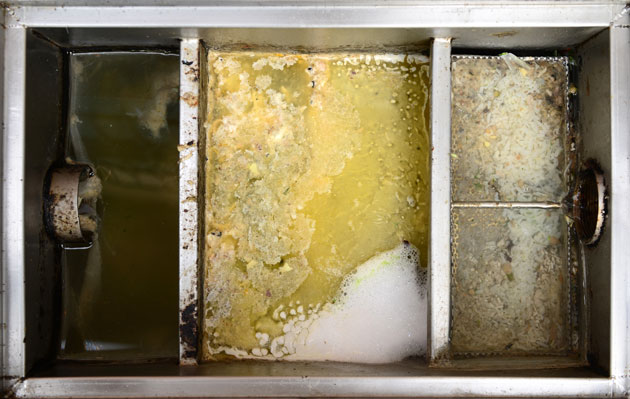
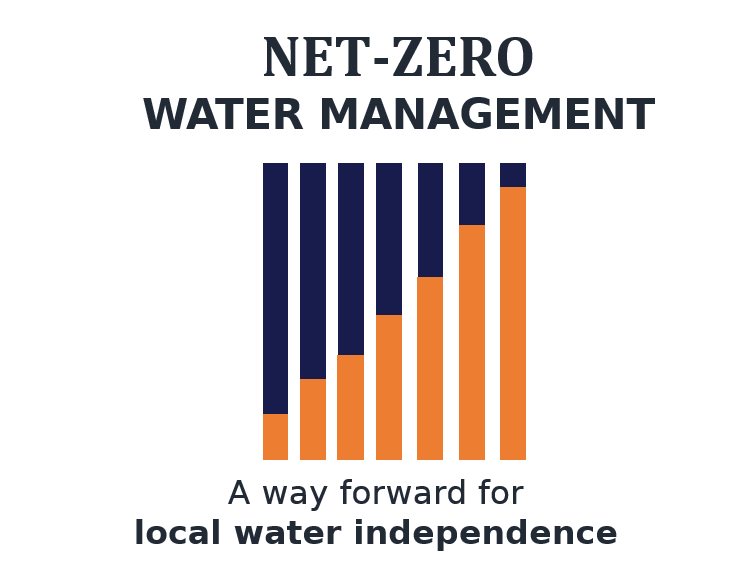 A NZW system is a management water and wastewater scheme that neither withdraws nor releases significant flows of water outside of its service area, ranging from a single residential lot to a large urban water district. NZW management proposes that high-demand and high-population areas, such as urban areas, no longer consume water needed by downstream regions, nor depend on upstream regions for supply.
A NZW system is a management water and wastewater scheme that neither withdraws nor releases significant flows of water outside of its service area, ranging from a single residential lot to a large urban water district. NZW management proposes that high-demand and high-population areas, such as urban areas, no longer consume water needed by downstream regions, nor depend on upstream regions for supply.